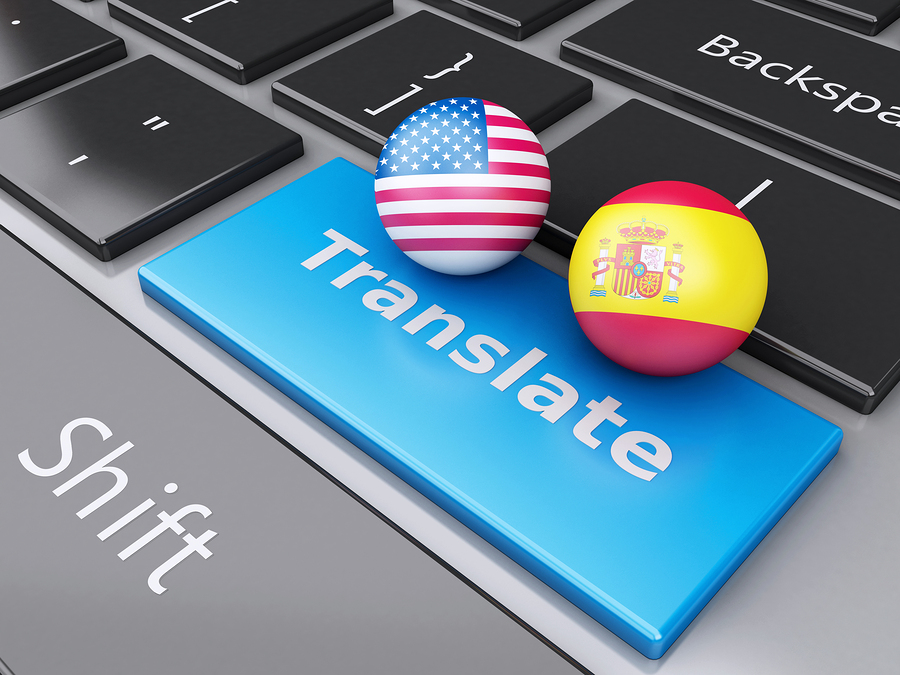If your business is about to launch a multi language website, one of the tasks before submitting the material to the website translator is to select the best format that should be used for the website.
There are four main formats currently used to share web content with the chosen translation agency. These are:
- CMS integrated technology
- Manual file transfer
- Outsourced global website operations
- Translation proxy technology
Here’s an overview of these four different formats:
CMS Integrated Technology:
CMS integrated technology allows you to select content and transfer it to the language translation agency automatically from your own CMS (content management system). This helps to speed up workflow and improves the efficiency of the content transfer and translation.
CMS integration technology is a good choice if you’re managing medium to large amounts of material for translation.
Manual File Transfer:
Manual file transfer is more or less what the title suggests. There are no automated elements at all. Files to be sent to the professional translation agency are manually selected from your own CMS database and sent to the language service provider. This is a low tech choice suited to the low volume business.
Outsourced Global Website Operations:
If you have multilingual global sites, this choice is one solution which involves completely outsourcing the language translation tasks, including global marketing, creative services, content creation and website publishing. This cuts out a lot of work from your business’s point of view but it transfers the responsibility for the effectiveness of your multilingual website presence elsewhere out of your immediate control..
Translation Proxy Technology:
This approach is cloud based. It allows website translators to easily create and manage web pages in any language in a much consistent way. The translation proxy server is situated midway between your global markets and your own main website. Whenever visitors to your website request pages in their own language, the traffic is rerouted via the proxy sites rather than coming direct from your own main site.




